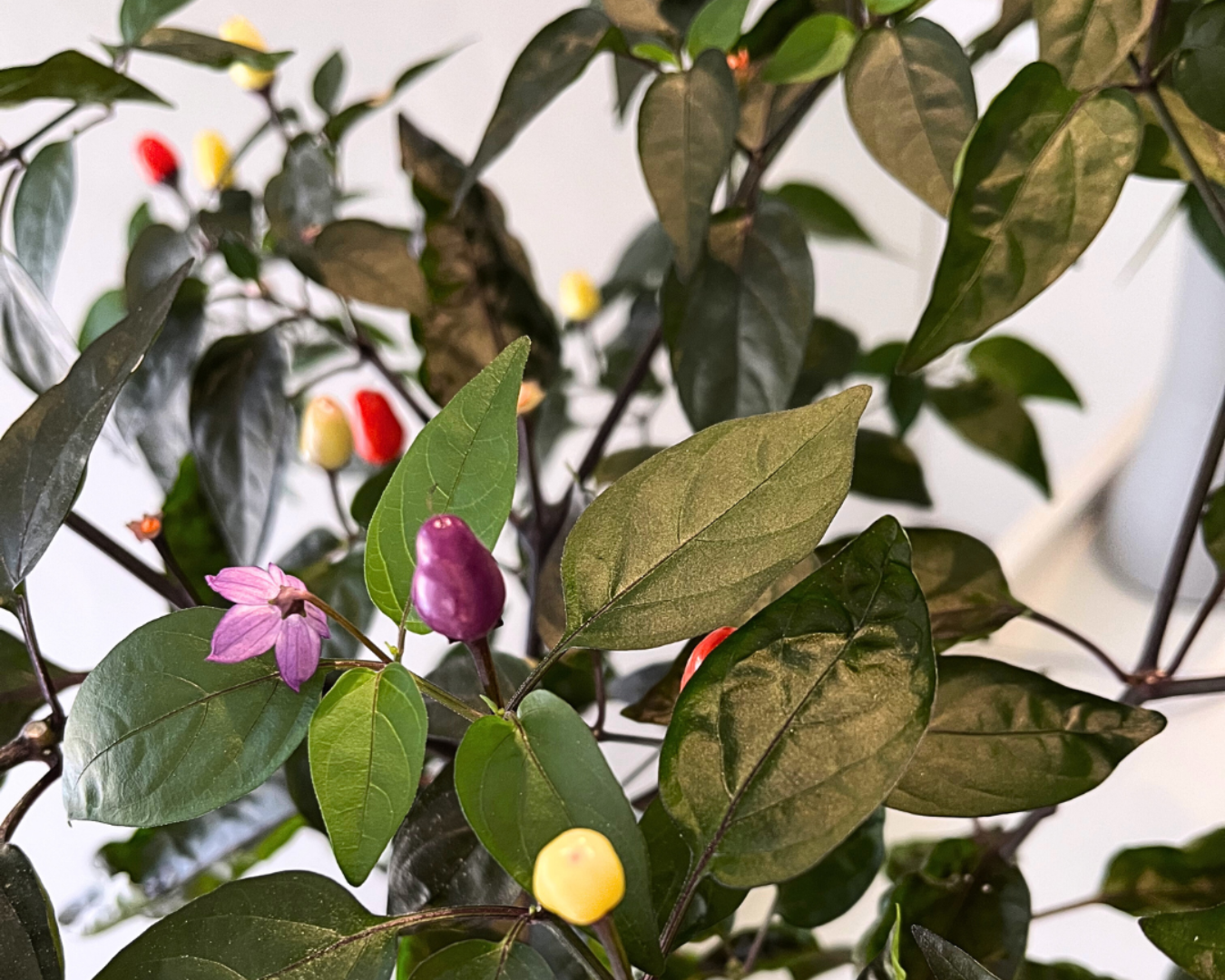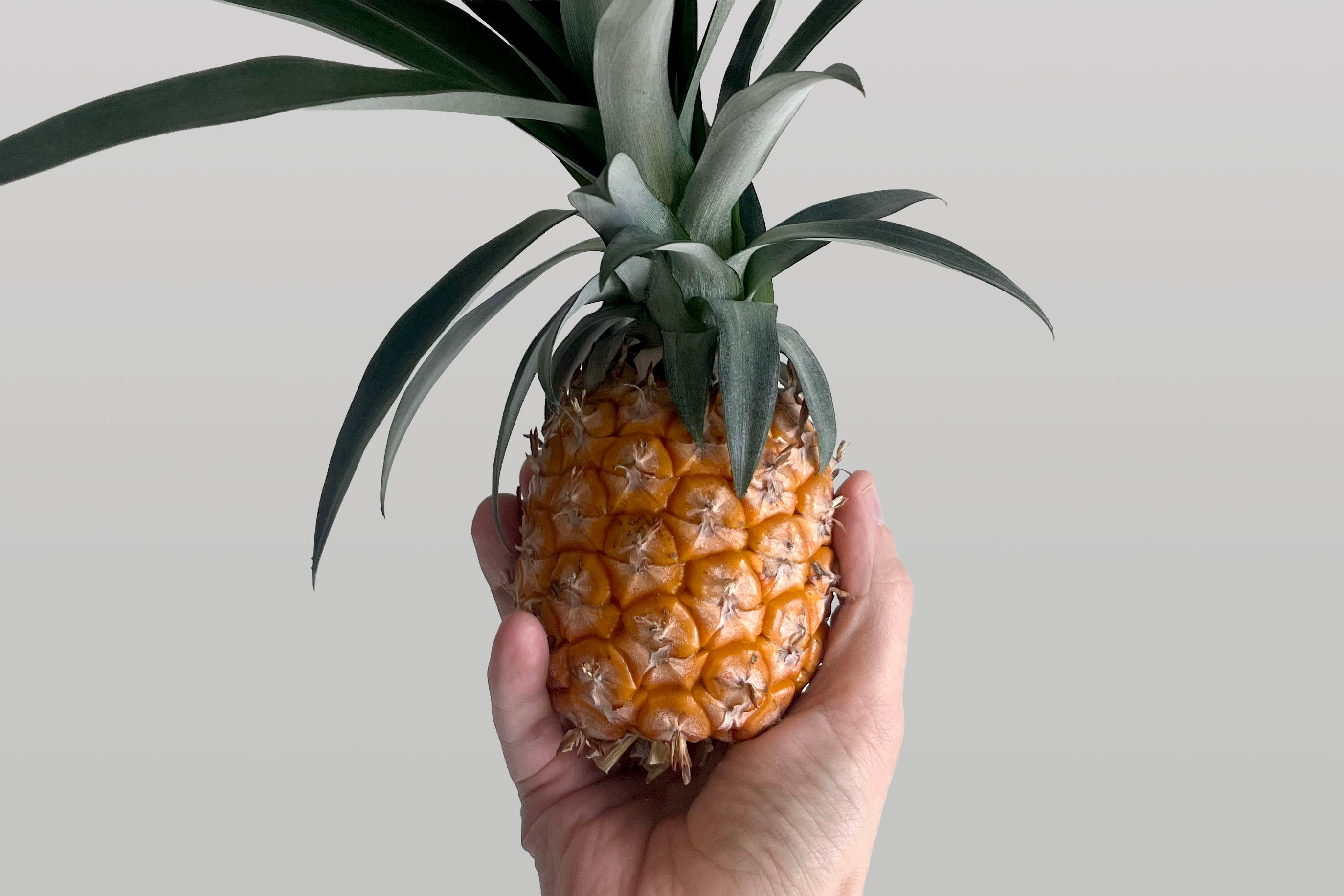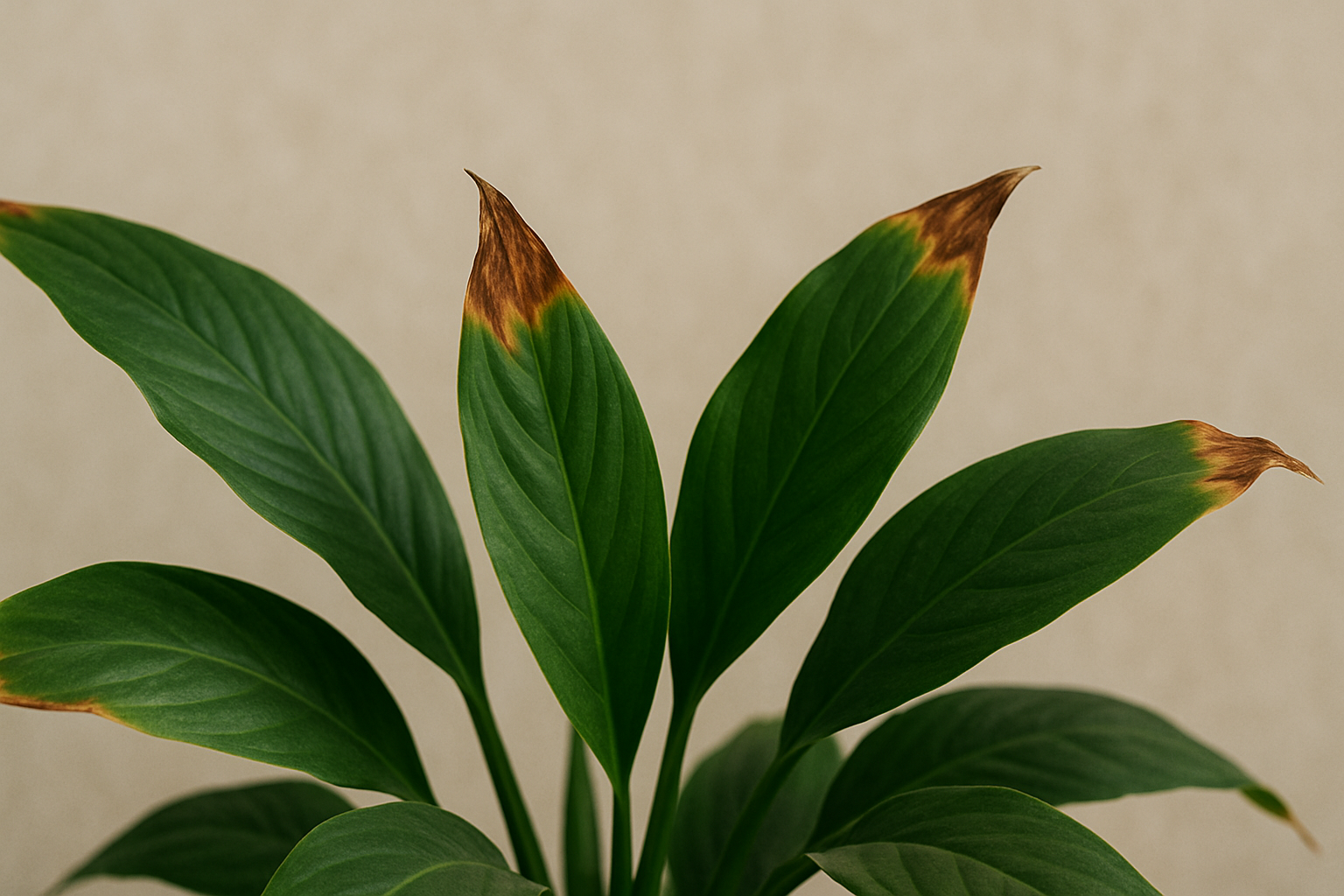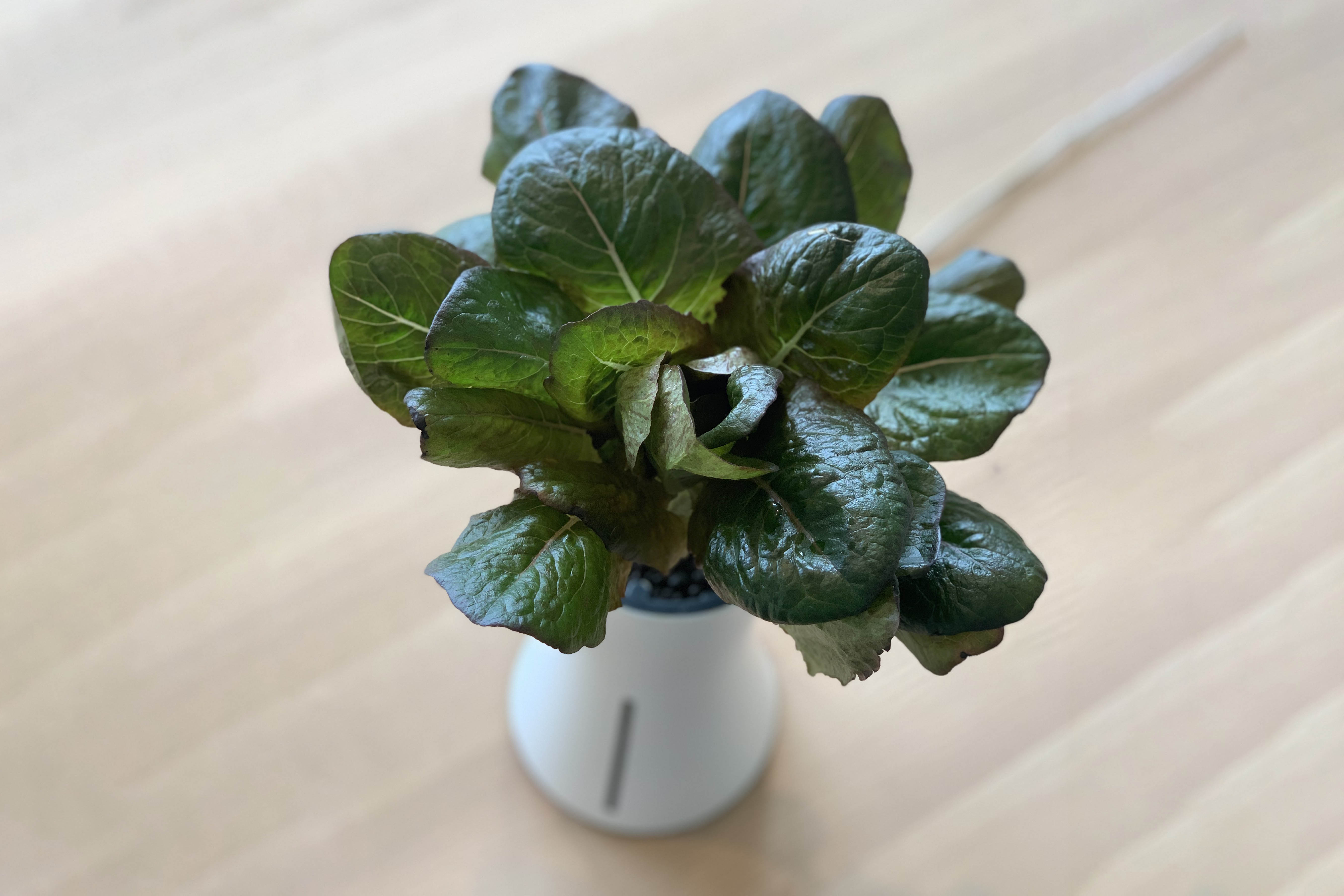Which chili should I grow?

To determine which chili to grow in your Botanium, consider two things: how spicy you want your chili to be, and which chili plants are best suited for growing in the Botanium.
To understand the hotness of chili in general, we recommend reading our blog post "How do you measure the 'heat' of a pepper?" first. Once you know about the Scoville scale, you can easily research the heat levels of your chili options. The higher the Scoville Heat Units (SHU), the spicier the chili.
We recommend starting with our jalapeño seeds if you are not used to hot chili. If you enjoy spicy food and want to explore a spicier and more colorful option, we recommend our lila luzi seeds. Remember, you can also use other chili seeds of your choice in Botanium. Here are some more recommendations:
Chilies we recommend growing in your Botanium:
- Numex Twilight: This chili makes a colorful decoration with fruits that vary between yellow, orange, purple, and red! It is quite hot, with a Scoville score ranging from 30,000 to 50,000 SHU.
- Aji Pineapple: As the name suggests, it has a tropical fruit flavor! This yellow chili has a medium heat, with 15,000 to 30,000 SHU.
- CGN 21500: Its unusual shape might make you doubt it's a chili, but it is very pretty and very spicy with 100,000 SHU. Many people say it’s the tastiest chili they've ever had.
- Black Pearl: This plant is very decorative with its black chilies, leaves, and purple flowers. The fruits eventually turn red when mature, with an SHU of up to 30,000.
- Lila Luzi: Compact, productive, and very colorful like the Numex Twilight, with yellow, purple, orange, and red fruits. The leaves are slightly darker than Numex, and it is less spicy, with 15,000 to 30,000 SHU (in picture).
- Jalapeño: This well-known chili is usually eaten when green, but turns red when mature and then becomes much more spicy. The SHU level ranges from 2,000 to 8,000. The jalapeño is a perfect choice for beginners!
Read more about growing chili in our chili growing guide [here].





Leave a comment